Because of the history of the Netherlands, the Dutch are experts in water management. Already in the Middle Ages water authorities were established to protect areas along the coast, lakes and rivers against flooding. In addition there are in our history countless stories about dyke builders, windmills, drainage pumping stations and sluices.
Over the centuries the Netherlands has frequently suffered from very serious cases of flooding. The most recent flooding disasters were those of 1916 and 1953. As a result of the implementation of the Zuiderzee Project, the Delta Project in the Southwest of the Netherlands and numerous measures in the field of dike strengthening and water management the change of a new flooding disaster is quite small.
The challenge for the 21st century will be to control the additional amount of water as a result of climate change. We are faced with the may be accelerated rise of the sea level and larger amounts of rainwater that result in swelling rivers the need to handle more excess water in the polders and the threat for flooding. Dutch expertise in the field of water management is applied all over the world.
Water management is closely related to land reclamation. The Netherlands is famous for its polders. The Province of Flevoland exists, among others, of three polders that have been reclaimed from the former Zuiderzee the Northeast Polder (480 km2), Eastern Flevoland (540 km2) and Southern Flevoland (430 km2). This vast polder area attracts many local and international visitors.
There are polders in almost one hundred countries spread over all continents. These polders are generally located along the rivers and in the coastal and deltaic areas. Countries with a large number of polders are Bangladesh, Belgium, China, Germany, Japan, the United States and South Korea.
Three types of polders can be distinguished: reclaimed lowlands, lands gained on the sea and drained lakes. In underneath Figure and Table the countries with polders are shown, as well as the total area where polders have been identified.
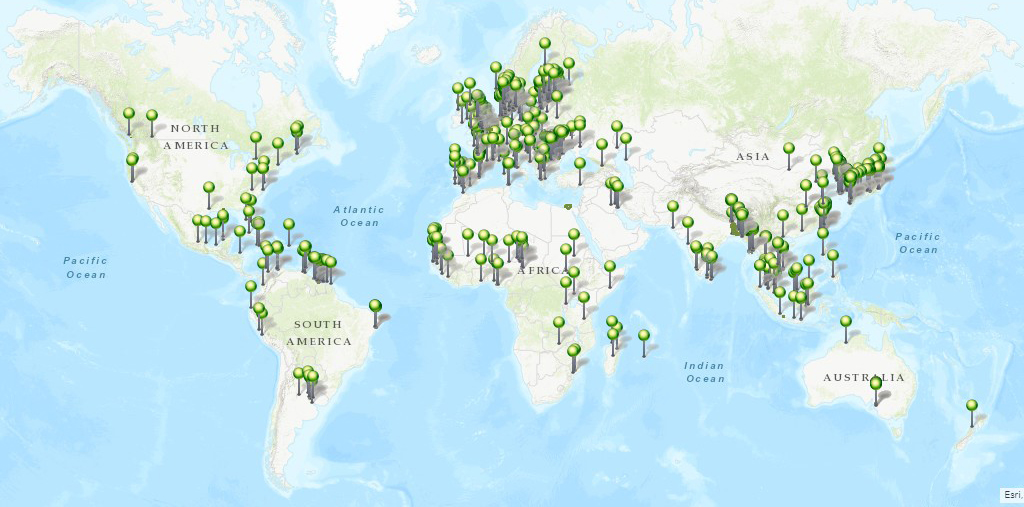
| Continent | Landen met polders | Oppervlakte in km2 |
| Africa | 27 | 15.100 |
| America's | 17 | 10.700 |
| Asia | 21 | 624.000 |
| Europe | 34 | 52.000 |
| Oceania | 2 | 134 |
Other countrydocuments so far have been prepared are:
Egypt, Cameroon, Chad, Gambia, Ghana, Guinea, Guinea-Bissau, Kenya, Madagascar, Mali, Mauritania, Mauritius, Morocco, Mozambique, Niger, Nigeria, Rwanda, Senegal, Sierra Leone, Somalia, Sudan, South-Sudan, Tanzania, Tunisia, Uganda, Zambia
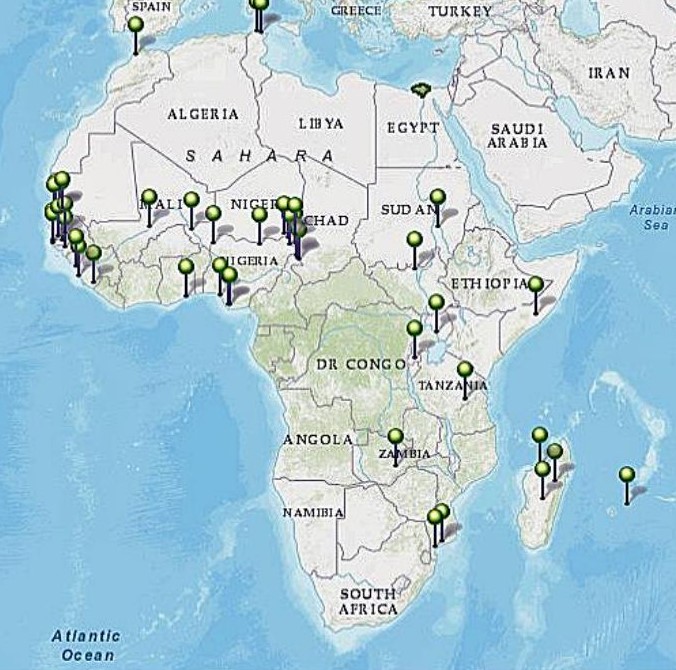
Argentina, Brazil, Canada, Colombia, Cuba, French-Guiana, Guyana, Honduras, Jamaica, Mexico, Peru, Puerto Rico, Surinam, Trinidad and Tobago, United States, Uruguay, Venezuela.
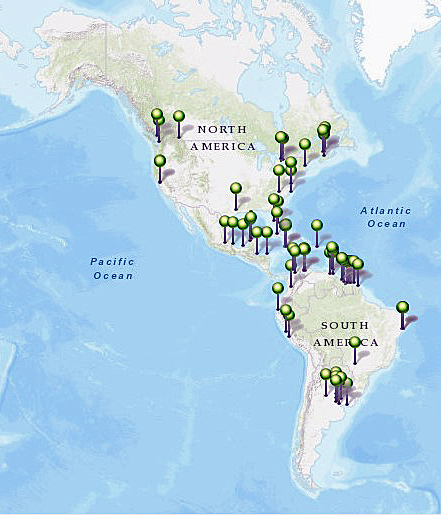
Asia
Bangladesh, Cambodia, China, India, Indonesia, Iran, Iraq, Israel, Japan, Kazakhstan, Malaysia, Myanmar, North Korea, Pakistan, Philippines, Singapore, Sri Lanka, South Korea, Taiwan, Thailand, Vietnam
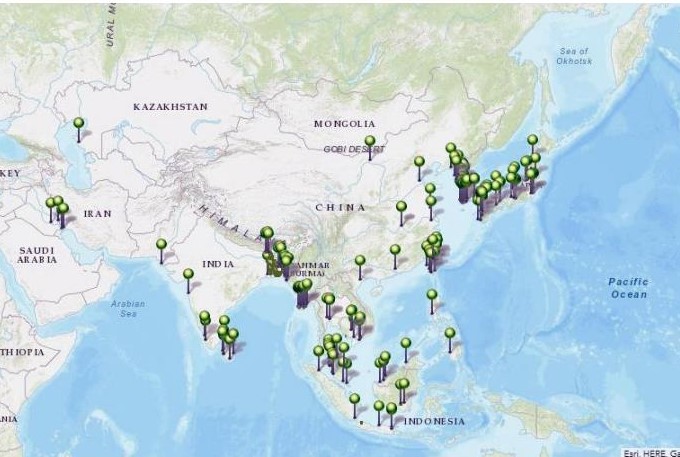
Austria, Belarus, Belgium, Bosnia & Herzegovina, Bulgaria, Croatia, Czech Republic, Denmark, Estonia, Finland, France, Germany, Georgia, Ireland, Italy, Latvia, Lithuania, Netherlands, Norway, North-Macedonia, Poland, Romania, Russia, Slovakia, Slovenia, Spain, Sweden, Switzerland, Turkey, United Kingdom, Ukraine.
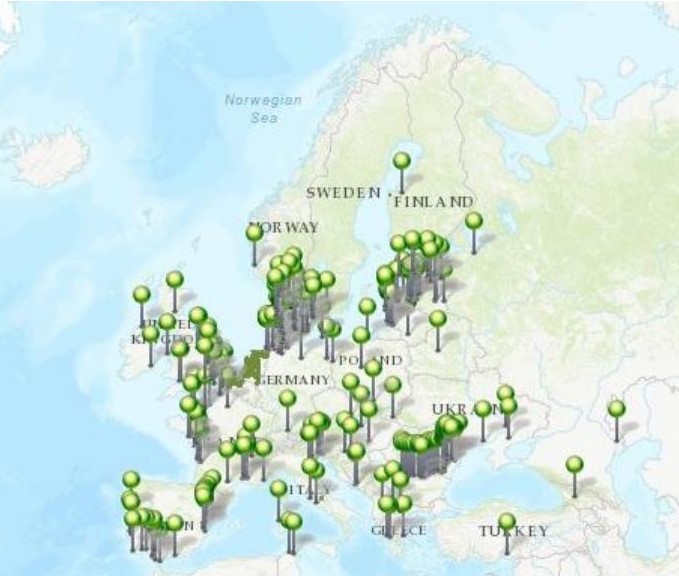
Collected information about the polders in the World, is displayed in the studycentre of Batavialand and in exhibitions in the museum.
Contact: poldersintheworld@batavialand.nl.